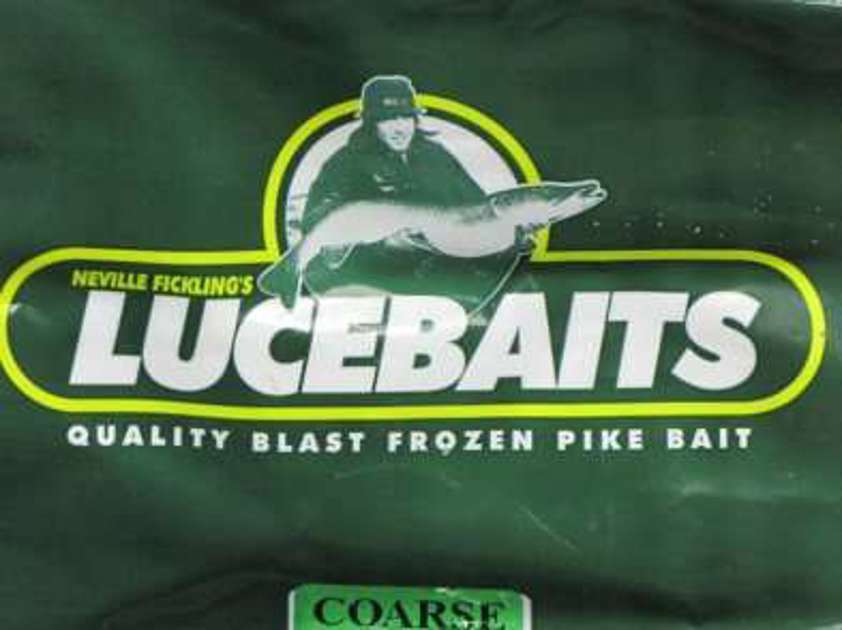Dead baits are an essential component in various fishing techniques, especially prized in angling for predatory fish such as pike, catfish, and ocean species like sharks. These baits are typically parts of fish, whole small fish, or other aquatic creatures, which are no longer alive. The purpose of using dead baits is to exploit the natural feeding habits of predatory fish, which are attracted to the scent, texture, and appearance of their typical prey.
The selection of dead bait can vary widely depending on the targeted fish species, water conditions, and local availability. Common types include mackerel, herring, sardines, and squid. These are chosen for their oily content and strong odors, which effectively attract predators from a distance.
In preparation, dead baits are often rigged on hooks with various techniques to enhance their appeal. This can involve making them appear lifelike in the water, mimicking the movements of living prey when drawn through the water by a line. Techniques might include adjusting the hook placement to control the bait's movement, or adding weights for sinking them to the desired depth. The effectiveness of dead baits, combined with these rigging techniques, makes them a favored choice among many experienced anglers for enticing elusive and large fish.
